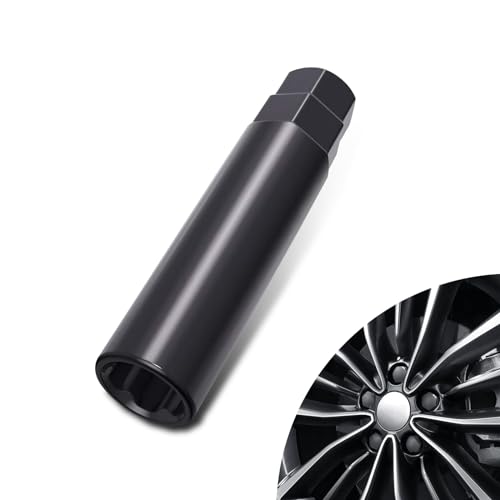nmikmik
Well-known member
I know one thing, in exact science like math and physics there is no such thing as miracles 
So I am looking at the C&D comparison of EVs
http://www.caranddriver.com/comparisons/final-scoring-performance-data-and-complete-specs-page-8
Spark has the untouchable by other in comparison torque at 400 lbs ft , i will also assume it is at the wheel not at the entrance to the gear box because all other specs are very similar in all the vehicles with the exception of only one thing the gear ratio.
On the Spark it is 3.17 over 2.4 times less of the ratio to the next 7.82 on the Ford Focus.
No da it has such great torque, but is it at the expense of the proverbial range? i.e. if the ratio would be similar in the 7+, would the range increase greatly as well?
Also, does the above ratios have something to do with the regen abilities? Maybe that is the reason the 2015 "should" be getting a greater number for the gear ratio?
Thanks
So I am looking at the C&D comparison of EVs
http://www.caranddriver.com/comparisons/final-scoring-performance-data-and-complete-specs-page-8
Spark has the untouchable by other in comparison torque at 400 lbs ft , i will also assume it is at the wheel not at the entrance to the gear box because all other specs are very similar in all the vehicles with the exception of only one thing the gear ratio.
On the Spark it is 3.17 over 2.4 times less of the ratio to the next 7.82 on the Ford Focus.
No da it has such great torque, but is it at the expense of the proverbial range? i.e. if the ratio would be similar in the 7+, would the range increase greatly as well?
Also, does the above ratios have something to do with the regen abilities? Maybe that is the reason the 2015 "should" be getting a greater number for the gear ratio?
Thanks

























